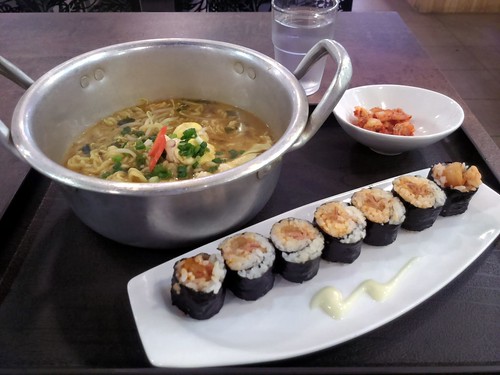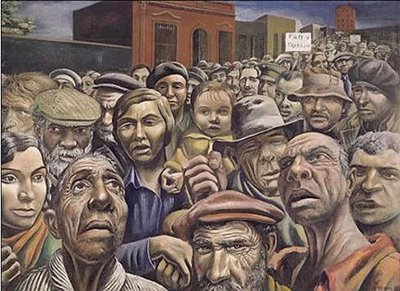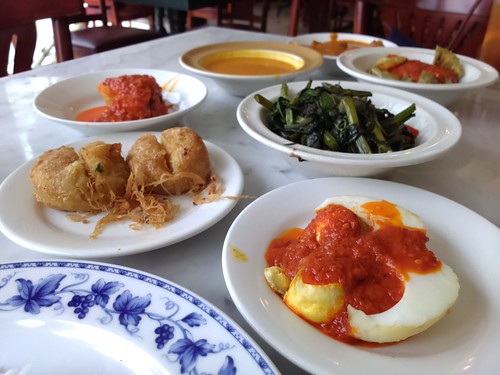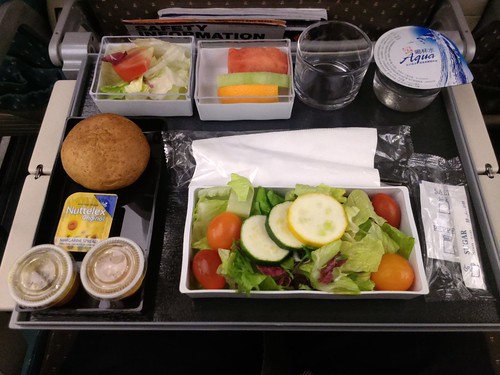
Djenne-- Growin' a beard so I can get in here
For several years I would wake up in the back on my VW van, crawl into the front seat and start driving wherever I wanted to go and stay for as long as I wanted to. I was just telling some friends of mine how much I loved discovering Peshawar, after too many months in Afghanistan, by just driving through the Khyber Pass til I found something that looked inviting. I loved the stately horse drawn cabs. All the horses had bright red plumes. And I never saw so many weapons for sales in one place in my life. It would be an NRA member's wet dream. (Well, not this week; I understand the Taliban has it surrounded and
it may fall. It would be like the U.S. losing St. Louis or Denver.) Anyway, I'm in the middle of planning a trip to Senegal and Mali. Literally in the middle; I started planning 5 months ago and I'm leaving 5 months from now. Long gone are the days I just hop into the front seat and drive through a pass to see what I find on the other side. As part of my long drawn out preparations for Mali I've grown a beard and I'm taking Muslim lessons so I can get into the great mosque in Djenne, which was closed to non-Muslims in 1996 after a French fashion photographer from
Vogue took inappropriate pictures-- soft core porn in the locals' eyes-- in the holiest house of worship in the country. Sometimes you just have to plan.
But not this week. I just got to Mexico City and it was as last minute as I can imagine travel these days. Toon, my best friend from my days in Amsterdam, e-mailed me on Wednesday and said he and his wife, Mieke, would be celebrating his birthday in Mexico City. I said I'd meet them and an hour later had found a good fare on Alaska Air and a decent deal at the Embassy Suites, which
Trip Advisor rated as the #1 hotel in town. And here I am.
First off, it is hardly the best hotel in town. It basically is just a gussied up... Embassy Suites. The Four Seasons, which offers rooms at the same rate if you insist ($150/night), is way better. But the Embassy Suites is good enough and I'm perfectly happy here, despite the fact that the wireless connection is slow and costs $11/day and I hate being ripped off. I asked the concierge to make a reservation for me at
Izote, one of the best restaurants in town, if you're looking for modern innovative Mexico cuisine, rather than lard and stuff that'll stuff your arteries up. This place was unpretentious and simple in ambiance and... well, I want to eat there every meal, every day.
Chef /owner Patricia Quintana is a genius-- and a genius, it turns out who trained under my favorite chef in the word, Paul Bocuse. The hotel told me it was unsafe to take a normal taxi from Reforma to Polanco but that they would send me in the hotel car. That wound up costing $20. I laughed at myself for getting hustled and walked halfway back and then took a mini bus the rest of the way-- it started raining-- for 25 cents.
Oh, and speaking of raining, the one preparation I did make was to check the weather. Since it's been in the high 90s and low 100s in the L.A. area lately and Mexico City is further south, I had no intention of bringing a jacket. So I checked the Google and noticed it is quite cold-- as well as rainy. Sometimes you just gotta plan, even if just a little. Right?

When I was on the plane I asked the Mexican stewardess how to get to Reforma and she said everyone takes a taxi but that the subway was just as fast, a fifteenth the price and convenient and clean and safe and all that. I took her advice and it was just as she said. And it left me off a few blocks from the hotel. As I started walking towards it I discovered something I never had noticed before: Mexico City is the gayest city in the world. In fact, there were no straight people. I had left the Insurgentes metro stop and was walking down Amberes. It was just a colorful jumble of gays and lesbians. Then I figured I must be in the middle of an event. And although, it turns out that this is
Gay Pride Weekend, that was in another part of town and this just turned out to be a neighborhood that's pretty festive all the time. I mean I knew Acapulco and Puerta Vallarta are gay havens but I always remember Mexico City as kind of staid and a bit uptight. Things sure have changed! Tomorrow: the
Dolores Olmedo Museum in Xochimilco.


















.jpg)
.jpg)

























